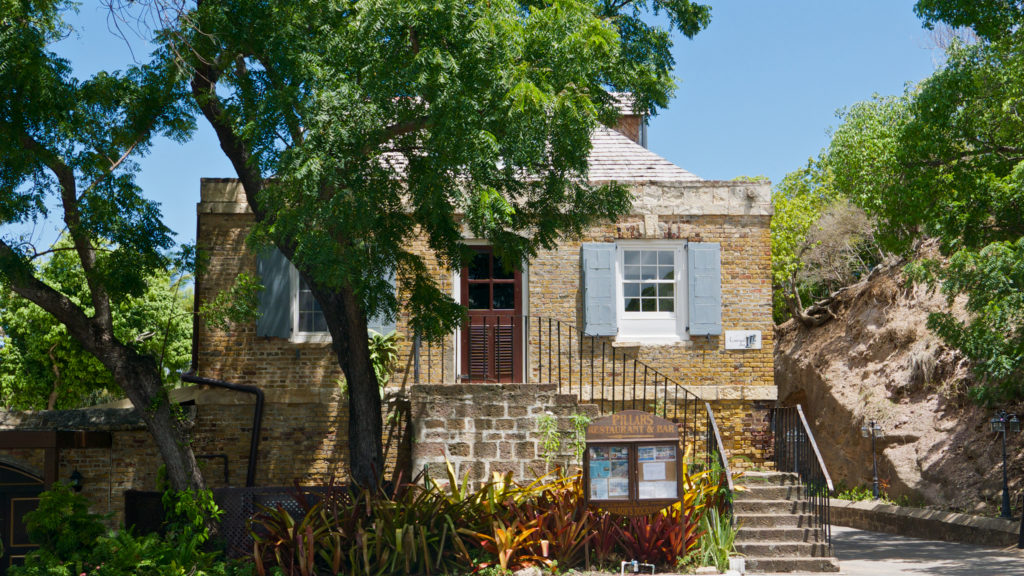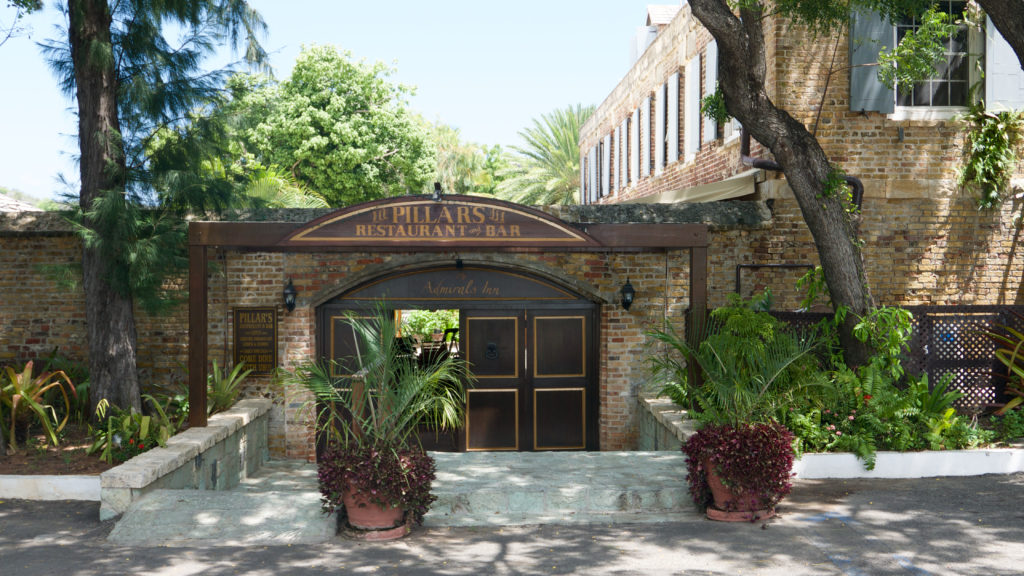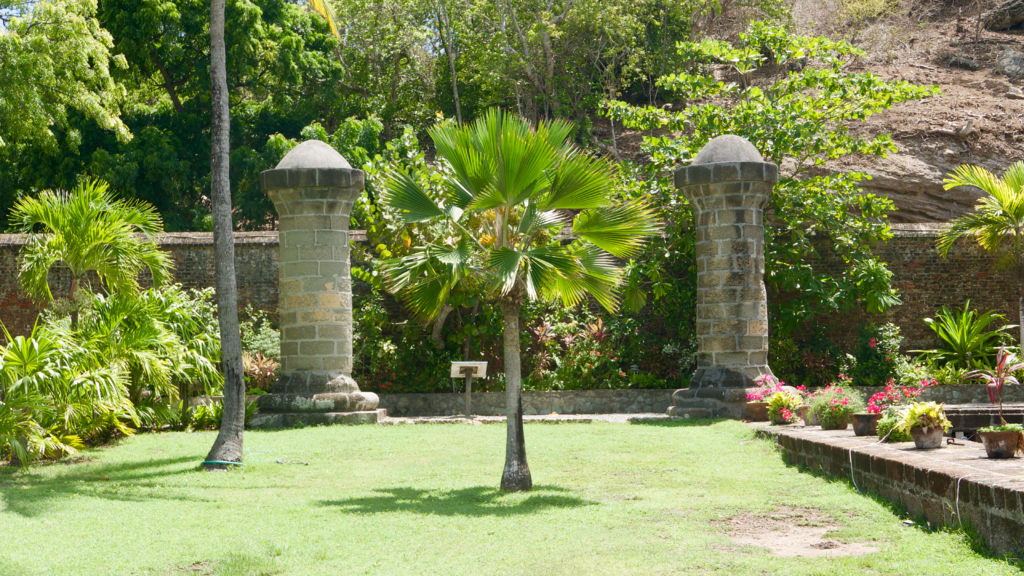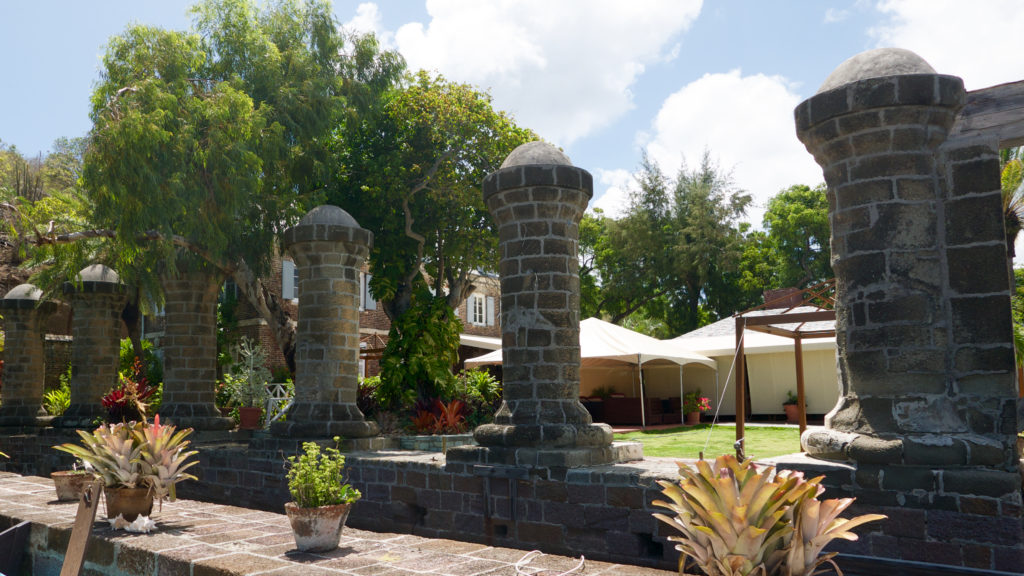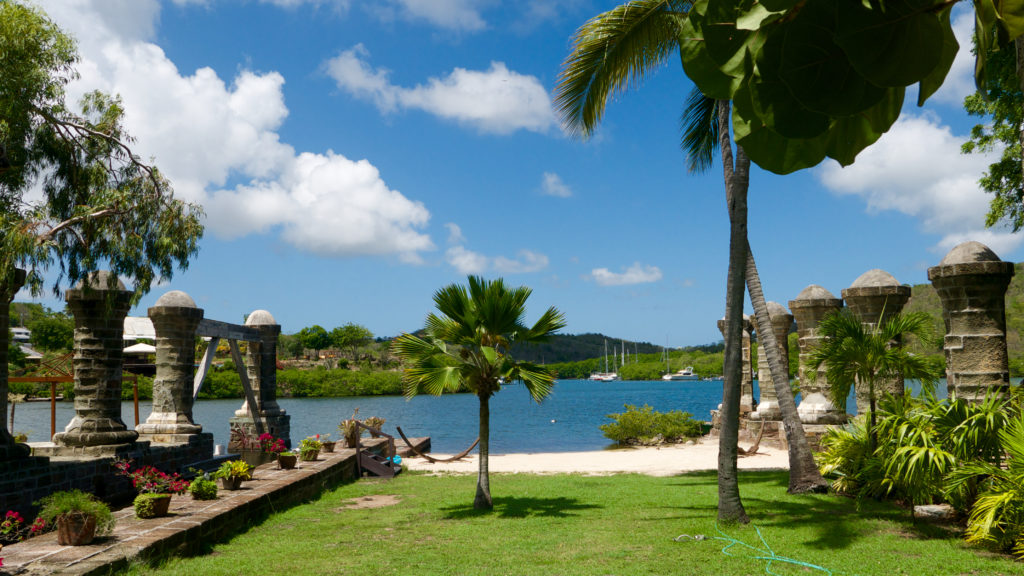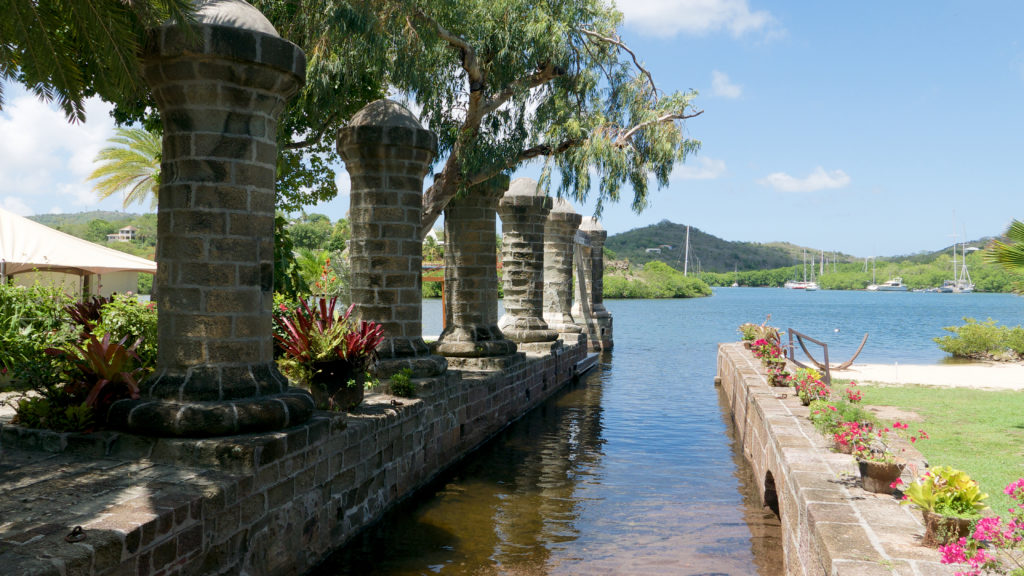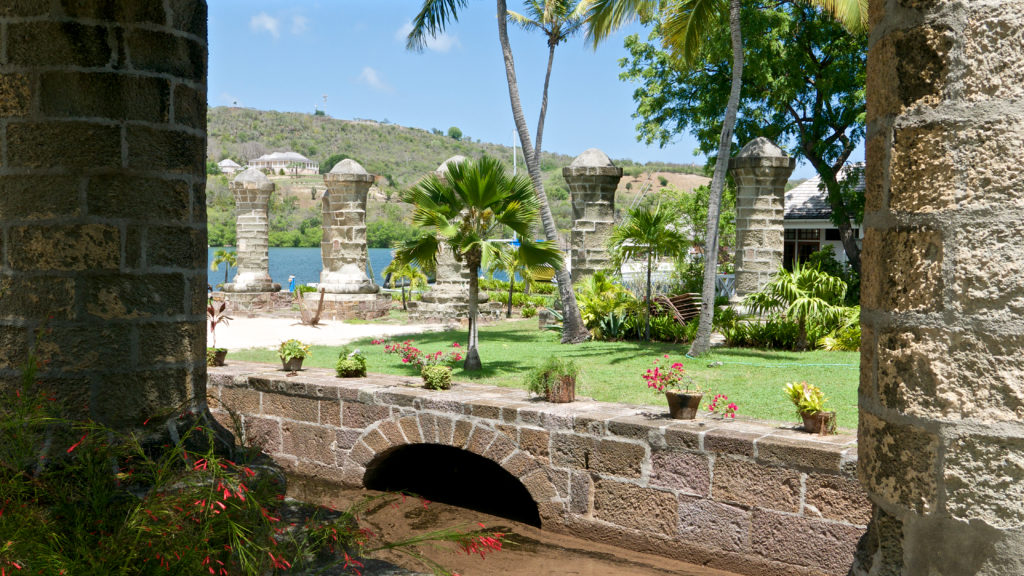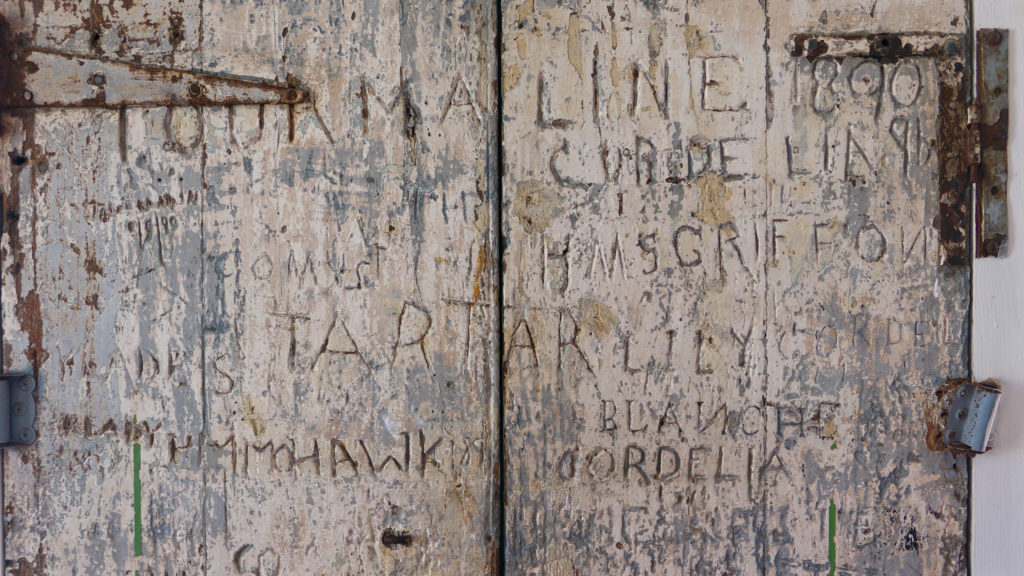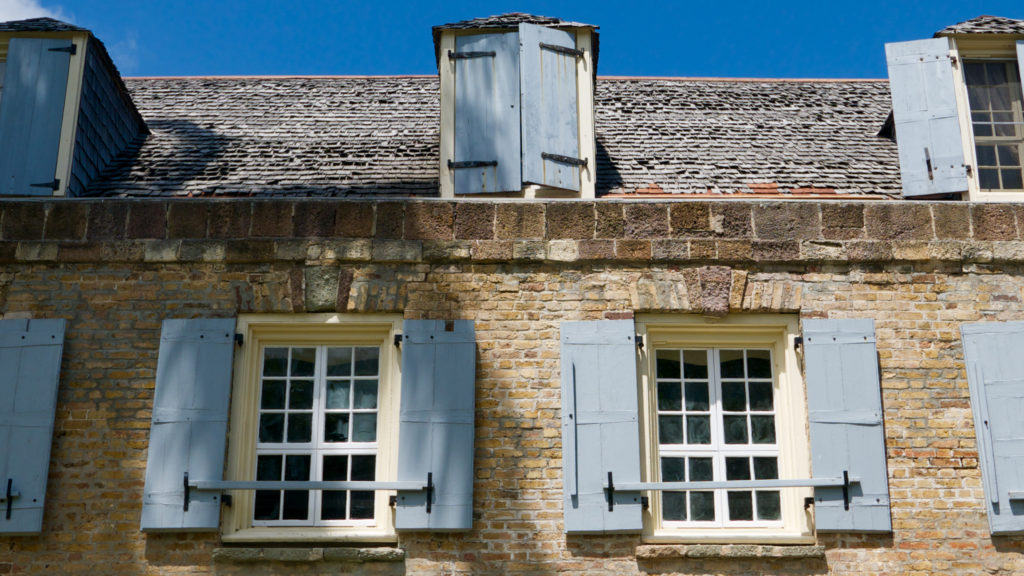I got a lesson in British naval history while I visited Antigua. I stayed less than a mile from where one of the greatest heroes of Great Britain spent one of the quieter periods of his career. Today, the facility where he was stationed is a UNESCO World Heritage Site known as Nelson’s Dockyard.
In 1784, an up-and-coming British navy captain named Horatio Nelson took charge of the dockyard at English Harbour, Antigua. Captain Nelson was tasked with protecting the British sugar islands of the Caribbean and with enforcing the Navigation Act, which forbade foreign ships from trading with British territories. He was to stay in Antigua for about three years.
The Treaty of Paris, which ended the American Revolutionary War, had been signed in 1783. One of its terms declared that Britain would henceforth recognize the United States as an independent nation. This meant that as far as the British were concerned, American ships would no longer be allowed to conduct trade with Britain’s Caribbean territories.
The Navigation Act was deeply unpopular both in America and in the British Caribbean. Captain Nelson enforced the law, which made him the target of legal actions by outraged merchants and planters. Thus he spent a good bit of his time in the Caribbean ensnared in lawsuits, in which he was defended by the British government. For one eight-month period during this time, he remained sequestered on his ship, the HMS Boreas, for fear of being imprisoned by the colonial authorities. I was amused to think that the man who was to show no fear taking on the combined French and Spanish navies at Trafalgar cowered in the face of lawyers and process servers.
In his free time, Nelson courted Frances Nisbet, a widow who was the niece of a planter in Nevis. Frances’s uncle promised a lavish dowry if the two were to wed. And here Nelson committed one of the major misjudgments of his life. Frances and her uncle significantly overstated their family’s wealth. Once Nelson formally proposed, the dowry was cut to a small fraction of what had been discussed. Since it would be dishonorable to break off the engagement, Nelson went ahead and married her in Nevis in 1787.
The marriage was not a happy one and historians differ as to why. The traditional view is that Frances was infertile and “nervous,” which seems to have been a polite way of saying she didn’t enjoy sex. More recent historical appraisals, however, have suggested that Frances was in fact a devoted wife and that Nelson was a simply a cad. Whatever the causes of their discord, Nelson was living more or less openly with his mistress by the time of his death at the Battle of Trafalgar in 1805.
According to one biographer, while stationed at English Harbour, Captain Nelson:
–Had six pails of salt water poured over his head at dawn;
–Walked a mile at night without fatigue, but was ‘housed’ all day;
–Took a quart of goat’s milk each day;
–Was “most woefully pinched” by mosquitoes in spite of his net;
–Established a mess for the officers. On August 3rd 1784, to start it off, he ordered to be sent from St. John’s by the sloop FURY, a hogshead of port and one of the best white wine, 12 dozen porter in bottles, 50 lbs. loaf sugar, a firkin of butter, 2 baskets of salt and 2 lbs. black pepper;
–Encouraged amongst his men during the hurricane season, music, dancing and cudgelling;
–Organised amateur theatricals. Some of the plays were The Orphan, King Henry IV, Lethe, The Lying Valet, King Lear, The Fair Penitent and Jane Shore.
I’ve been to 40-some UNESCO World Heritage Sites in my day. I understand that sites are chosen for their cultural or natural importance, which doesn’t always translate into grandeur. That’s certainly the case at Nelson’s Dockyard. The Georgian buildings are reasonably handsome, if a little rough-hewn, but there’s nothing about the site itself that’s all that impressive. Part of my feeling may have been due to the lack of effort on the part of the Antiguan authorities to provide explanations and context for the buildings at the site.
In other words, Nelson’s Dockyard is worth a look if you’re already on Antigua, but it’s hardly worth the trip unless you are a major fan of British naval history.
